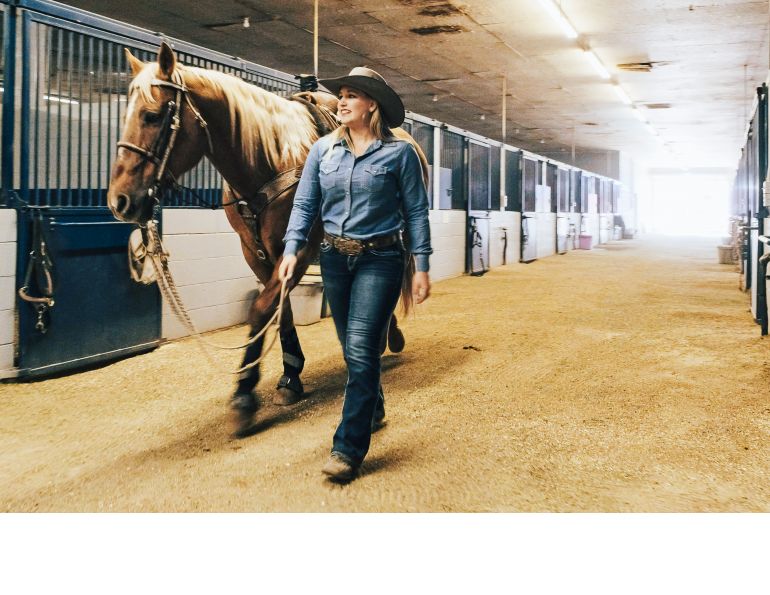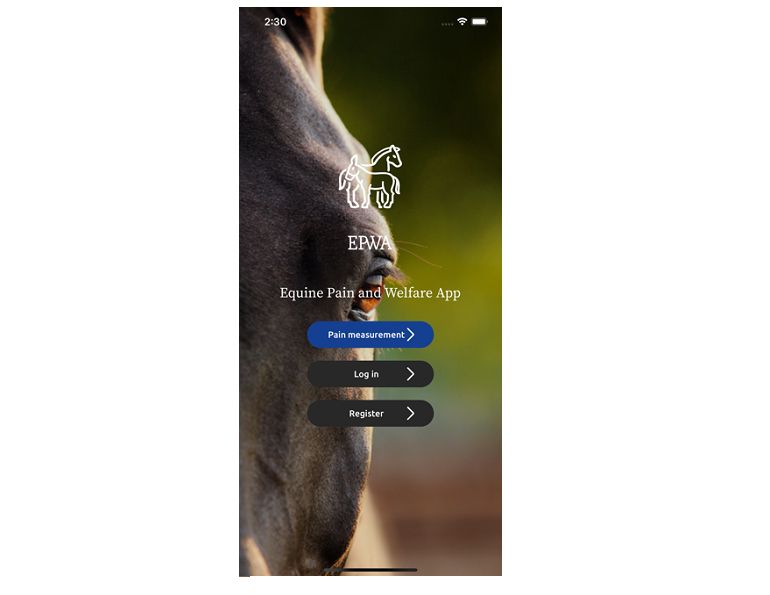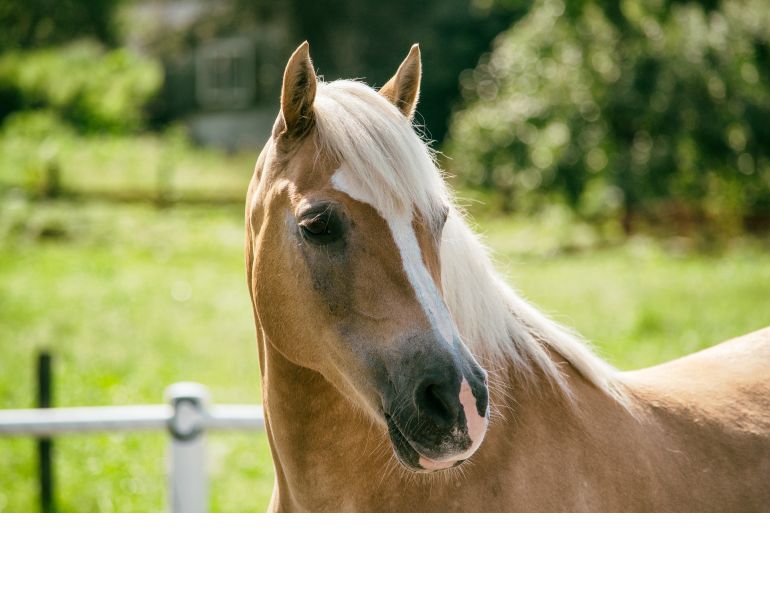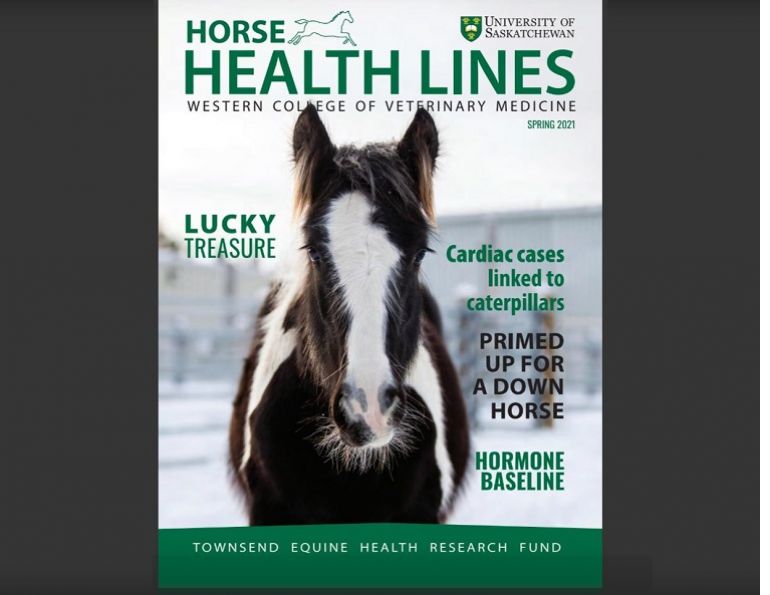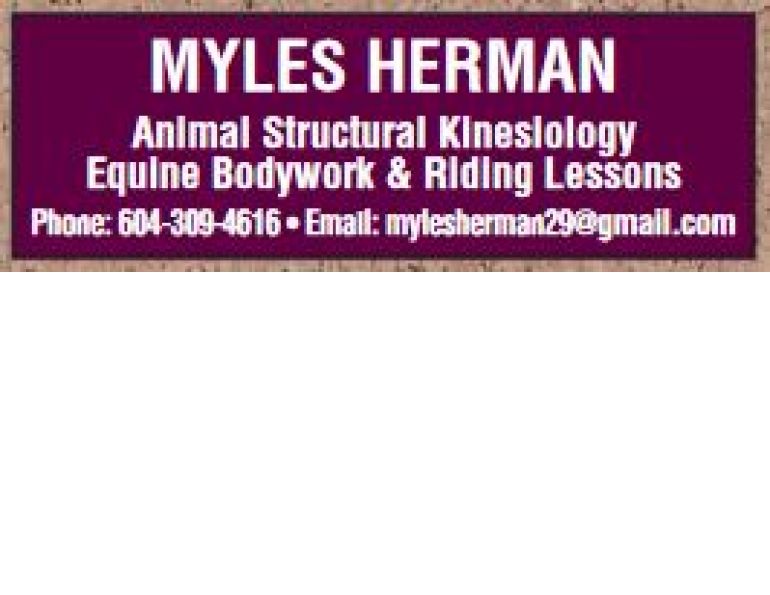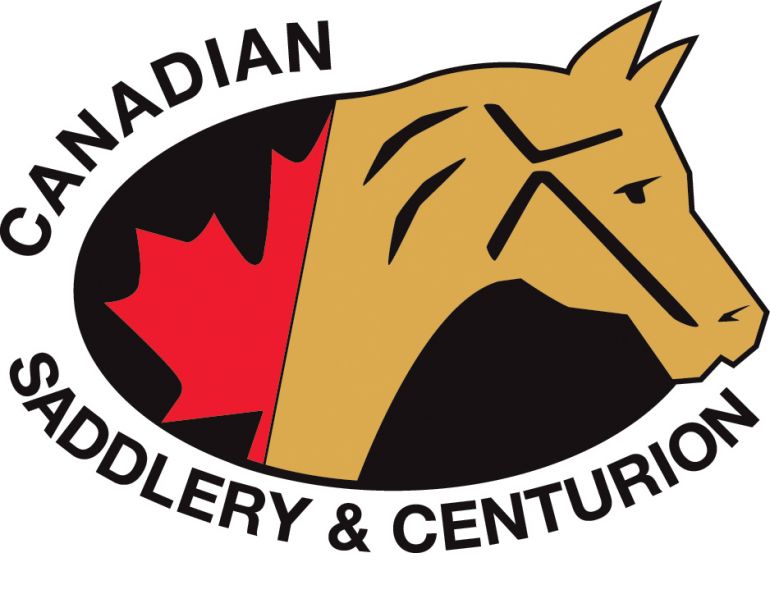By Kathy Smith, Publisher
Cost is only reflective of value once you give it context — only then can you know how much you are really spending.
Suddenly, the concept of advertising value has come into the spotlight more than ever before. With the recent slower economy, most people are looking to save pennies where they can. While ceasing advertising has long-term negative consequences, businesses deserve to receive the most value from their advertising budget. By calculating the true value of advertising, it becomes easier to see which options will lead to greater value — and greater benefit for your business in the long term.
Calculating the value of advertising may seem complicated, but it’s really the same as shopping for bales of hay at the feed store. With hay, you will probably compare the price by the bale, the size of the bale by weight, the type and quality of the forage in the bale, whether or not you get free delivery, and whether there are any discounts for buying a larger quantity. In advertising terms, this can be related to the cost of an ad, the size of the ad and the number of readers, the quality of the magazine and editorial integrity, extra services included, and promotional discounts available.
The first thing most people look at is cost. As an example, let’s say that an advertiser calls two different magazines, asking for rates on a quarter page ad. Magazine “A” is $250 for a full colour ad. Magazine “B” is $425 for a full colour ad. “Wow!” you might say, “that is a huge difference in price!” However, it’s very important not to base advertising value simply on base cost. Cost is only reflective of value once you give it context — only then can you know how much you are really spending.
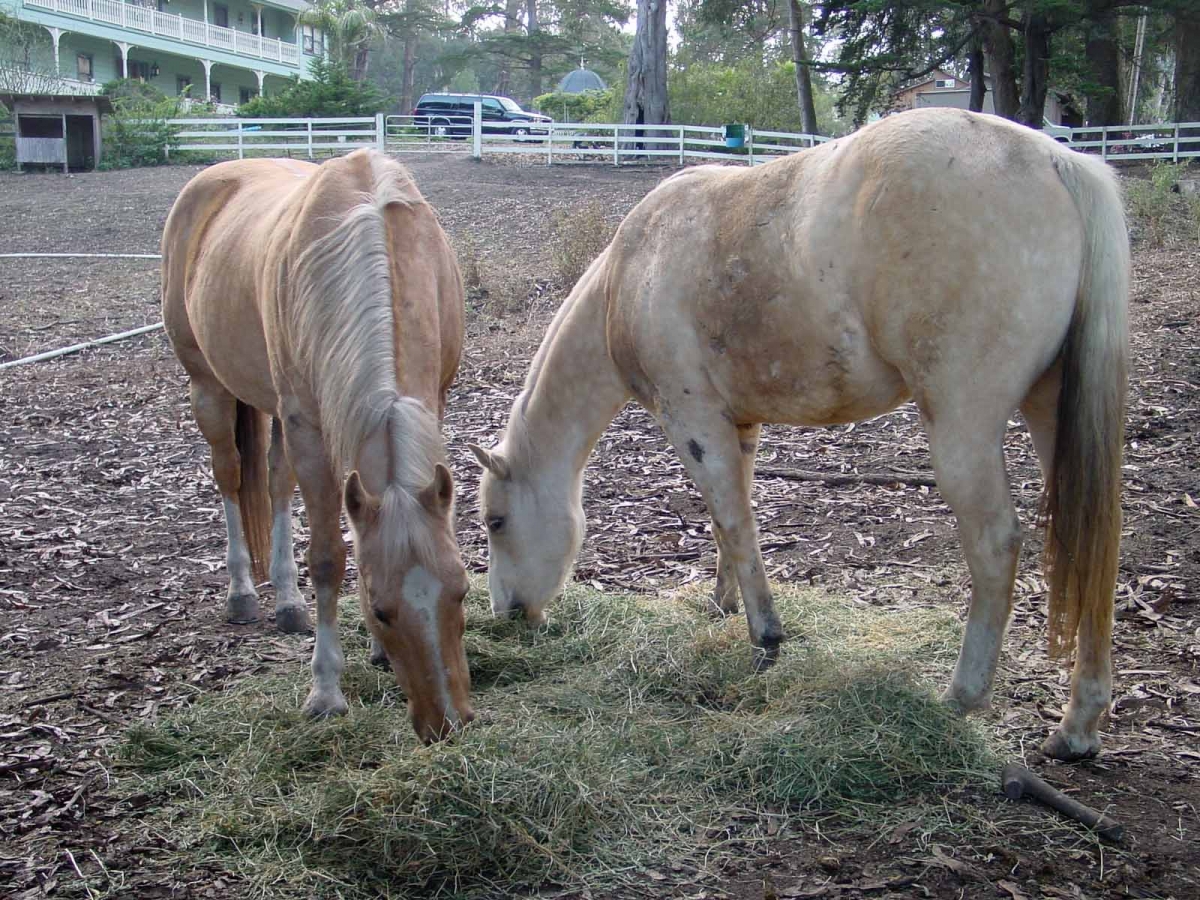
One thing to consider is how much physical space you’re getting with your quarter page ad. What is the price per inch? Magazine A is pocket-sized, 5.5 inches wide and 8.5 inches tall; a quarter page ad is 11.69 square inches. Magazine B is full-sized, 8 inches wide by 10.75 inches tall; a quarter page ad is 21.5 square inches. Obviously, Magazine B is offering more “space” per dollar. With calculation, we can see that Magazine B is $19.77/inch, and Magazine A is $21.39/inch. In terms of space alone, the quarter page in Magazine A is actually more expensive!
Another important calculation is readership. Magazine A has a readership of 10,000, while magazine B has a readership of 30,000. Simply put, Magazine B reaches more readers. Per reader, the cost of a quarter page ad in magazine B is $0.01. Compare that to magazine A, which is $0.03/reader. So not only does magazine B give three times the potential customer base, but it does so at a third of the cost!
Magazine quality is also reflected in the cost of an ad. This includes both the quality of the physical magazine — whether it is printed on high quality or low quality paper, and is designed well — but also its editorial content and integrity. Well-written and engaging content with a strong distinction between editorial and advertising is necessary to develop reader interest and trust. Without trust and engagement, both editorial and advertising lose credibility with readers — and your advertising dollars are wasted.
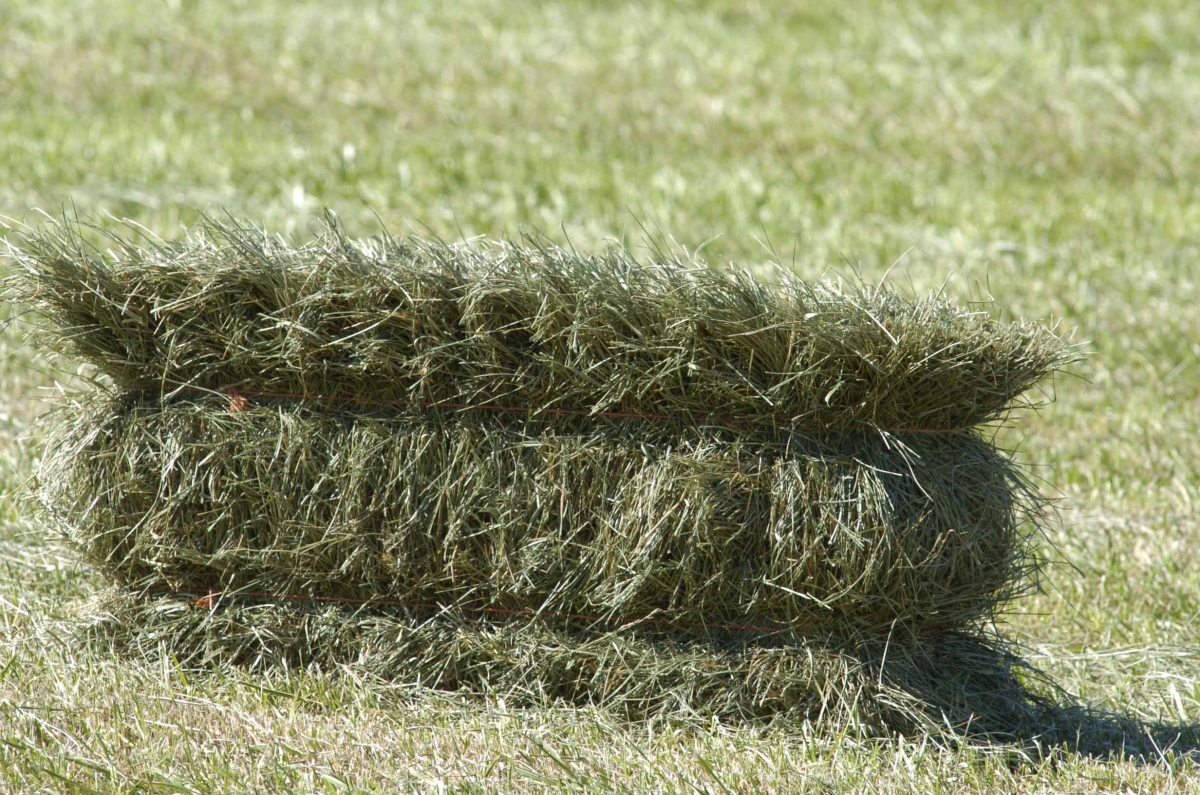
Robin Duncan Photography
Other services may also be included with the cost of an ad, adding more value. For example, free professional design services mean your ad looks good without you having to spend money hiring someone else or wasting hours of your own time trying to design an ad on your own.
Finally, check for discounts that may be offered. Many magazines have discounted rates for booking multiple issues; as industry research has proven that repeat advertising brings the best results, taking advantage of these types of promotions can be doubly beneficial!
By considering advertising value in context, it is easy to see where the real value lies. Don’t do your business a disservice by wasting money on what looks like a good deal — but ends up being low quality and value. If your horse is fed cheap, low quality hay, he won’t thrive… and either will your business. Calculate the true value of your advertising, and you will not only save money in the long term, you’ll be making an investment in the growth of your business.
To read more by Kathy Smith on this site, click here.








